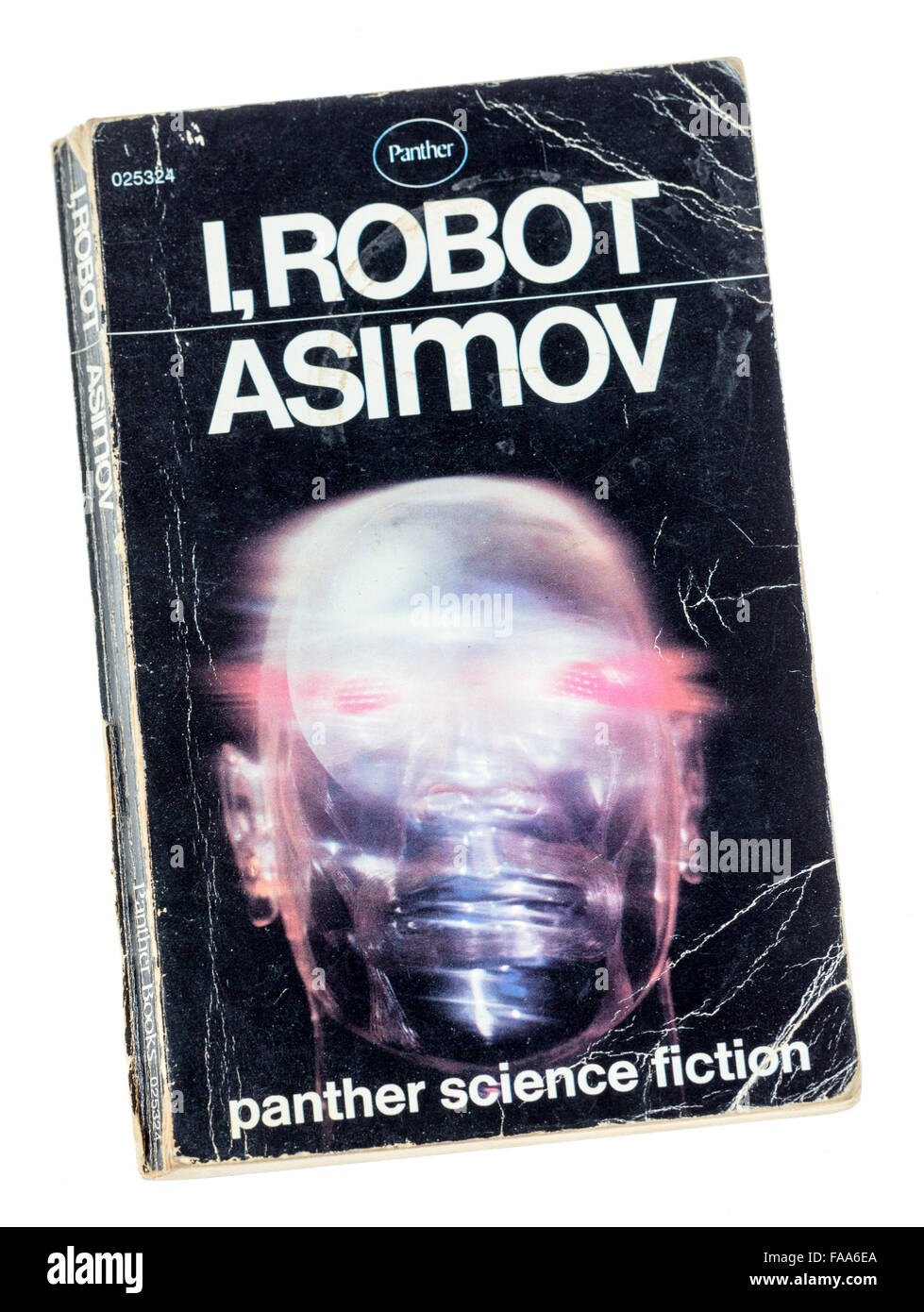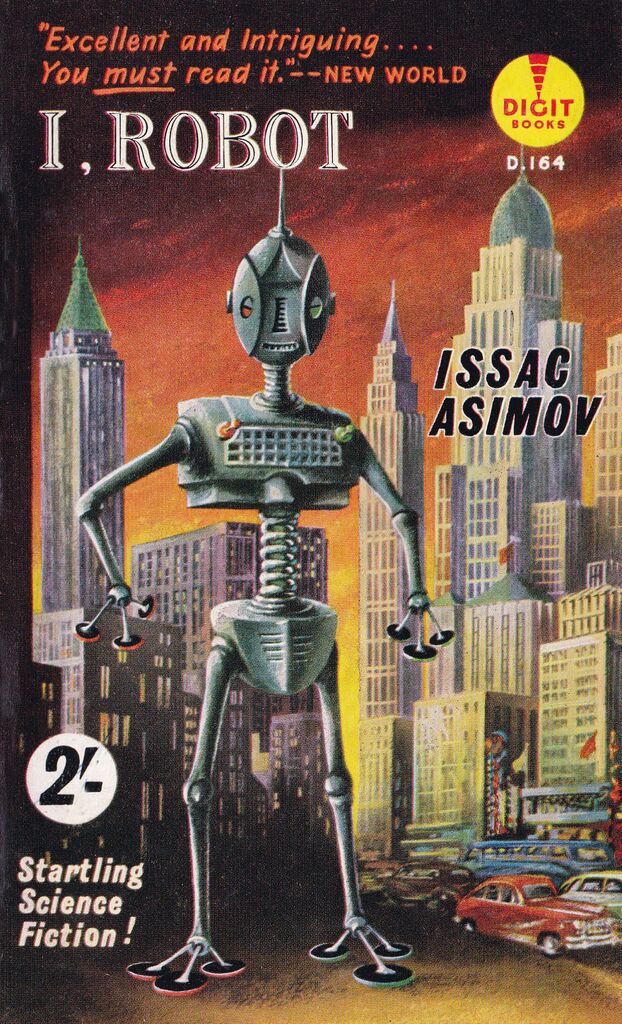


With these three, simple directives, Isaac Asimov formulated the laws governing robots’ behavior. Of robot politicians, and robots who secretly run the world-all told with the dramatic blend of science fact and science fiction that has become Asimov’s trademark.ġ) A robot may not injure a human being or, through inaction, allow a human being to come to harm.Ģ) A robot must obey orders given to it by human beings except where such orders would conflict with the First Law.ģ) A robot must protect its own existence as long as such protection does not conflict with the First or Second Law. Here are stories of robots gone mad, of mind-reading robots, and robots with a sense of humor. I, Robot, the first and most widely read book in Asimov’s Robot series, forever changed the world’s perception of artificial intelligence. “A must-read for science-fiction buffs and literature enjoyers alike.”- The Guardian

Although the stories can be read separately, they share a theme of the interaction of humans, robots, and morality, and when combined they tell a larger story of Asimov's fictional history of robotics.This classic science fiction masterwork by Isaac Asimov weaves stories about robots, humanity, and the deep questions of existence into a novel of shocking intelligence and heart.

Susan Calvin tells each story to a reporter (who serves as the narrator) in the 21st century. The stories are woven together by a framing narrative in which the fictional Dr. The stories originally appeared in the American magazines Super Science Stories and Astounding Science Fiction between 19 and were then compiled into a book for stand-alone publication by Gnome Press in 1950, in an initial edition of 5,000 copies. I, Robot is a fixup novel of science fiction short stories or essays by American writer Isaac Asimov.


 0 kommentar(er)
0 kommentar(er)
